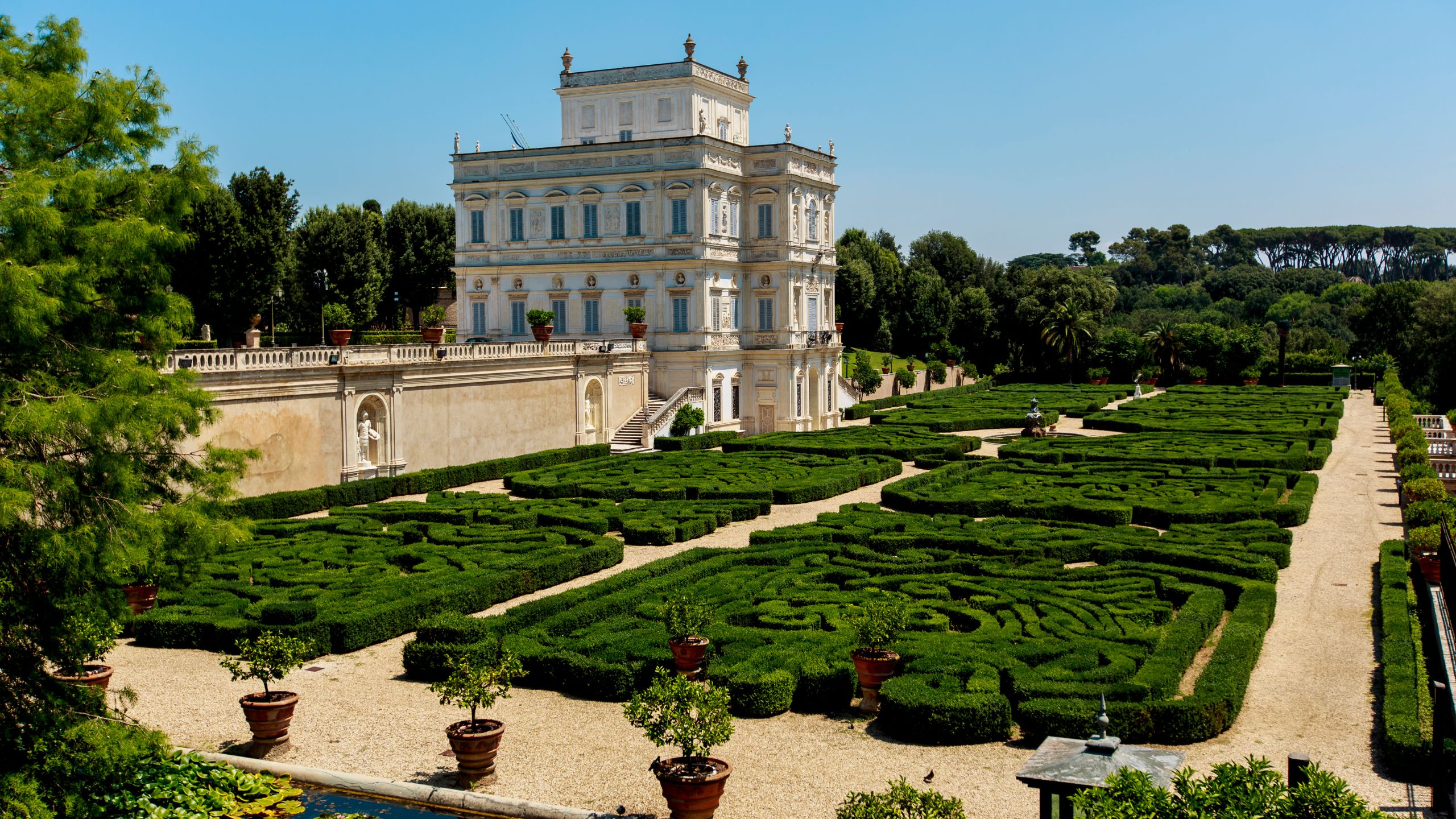Welcome! The dish of the day is ... Roman pizza!
Pizza is the Italian symbol, together with spaghetti, and as you can easily suppose, you can taste it in several different ways. Roman pizza is one of them, tasty but very peculiar.
The Roman pizza
The Roman pizza is one of the tastiest foods you can eat in the Italian capital. It is not just one of the several types of street food, but also a meal you can taste for lunch for dinner.
It is famous for being light and easy to be digested, thanks to the long leavening time that can last 48 or even 72 hours.
In addition to a long leavening process, there water makes the dough more flexible, getting it crunchy and soft after having been cooked.
Usually the Roman pizza is thin, and this is the reason why you love the typical crunchy dough, tasty with any kind of condiments.
The fillings are several, starting from the simple Margherita, with the Italian colours: the red tomatoes, the white mozzarella cheese, and the green basil.
The Roman pizza condiments reflect the typical food tradition, but the imagination and peculiarity they get mixed together astonish you.
The pizza dough and its history
The secrets of the Roman pizza obviously is in the dough, made of ancient flours, used by the Imperial Roman citizens.
The typical Roman version of this food is also called "pinsa", and you can easily recognize it, because it is long and rectangular, with rounded corners. It is said the name of this food actually comes from the original term "pinsa", from the Latin verb "pinsere". Its meaning is “to crush, crush or grind”. During the ancient Roman times, people used to make it on a burning stone.
The dough could also be flavored by herbs, and it could change so much, it could be used as a container for meat and sauces.
Alternatively, it could be seasoned by cheese, eggs, and other ingredients easily available at the time. You have to remember people didn't know tomato at the time, as its discovery took place just after 1492, when America was explored. So it was that type of pizza we nowadays call "white", a sort of modern "focaccia".
According to the use of flowers, some experts have collected the ingredients of the tradition dating back more than 2000 years ago.
At the time, the most used flavours were the following ones: spelt, barley, oat, as they were able to absorb a lot of water. Today, also rice flour is used as it gives digestibility as already mentioned. The best dough is made by mixing 4 of these flours, for obtaining softness and crunchiness, making the pizza for many different types of fillings.
Over the centuries changes have been done to the original recipe, and the most important one is the introduction of the brewer yeast.
The Roman pizza you will taste in the Roman restaurant is not very famous out of the city, and this is the reason why it is something you can't miss.
In the city centre restaurants, you will see the cooks making the dough in front of you; you can find them near Campo de' Fiori, Via del Corso, Fontana di Trevi, and the Pantheon.
It is a wonderful cooking show, because it is characterized by the typical gestures cooks do to make the most typical Roman food.
the roman pizza is light
Using Those types of flower, also people on a diet can eat this food. A simple condiment can enhance its flavour. You will notice how happy you will be after having eaten this food surrounded by the wonderful Panorama of the Italian capital.
In some restaurants, also gluten-free flour is used, for celiac people. The high quantity of water, together with the sourdough, makes the final result a very good and light one, without fats and proteins.
A new way to make the Roman pizza
The Roma pizza has a more recent version, born in the 50s, when the Habit was to serve it hot. The dough was very similar to the traditional one, but they used to fry it in big saucepans comma in the streets around the city, and seasoned just before being eaten.
The same custom is still taking place in Naples, the famous motherland of pizza, wear it is characterized by a long tradition.
The new version of the Roman pizza is the result of Change concerning the ancient condiments comma coming from the other room and typical dishes.
It is not uncommon to find It filled in with some famous condiments such as "carbonara", made of eggs, local Pecorino cheese, and pepper, with the addition of bacon or lard. The alternative is the "Cacio e pepe" condiment, or "Coda alla vaccinara", made of tripe and offals, served in a sauce with the typical strong red colour and flavour. These versions obviously aren't light, but they reflect the typical food of the Italian capital farmer concerning it varied features. Every pizza maker in Rome is able to offer a personal appetizing and appealing interpretation.
The Roman "white" pizza
We can't forget the famous white pizza comma very connected to the family proverb "non è mica pizza e fichi", the expression the ancient Roman people used to refer to something with a low importance. In this simple expression all its history is shown. The white pizza was created to test the oven temperature when they use to bake bread comma and the fastest condiment they collect in the Roman vegetable garden were the figs, very common at the time.
Nowadays it is the most typical street food in Rome, and it is tasted with a spiced "focaccia" with no Filling.
Do you want to stay in Rome?
For this location we recommend Hotel Oxford, the ideal starting point to discover Rome!



